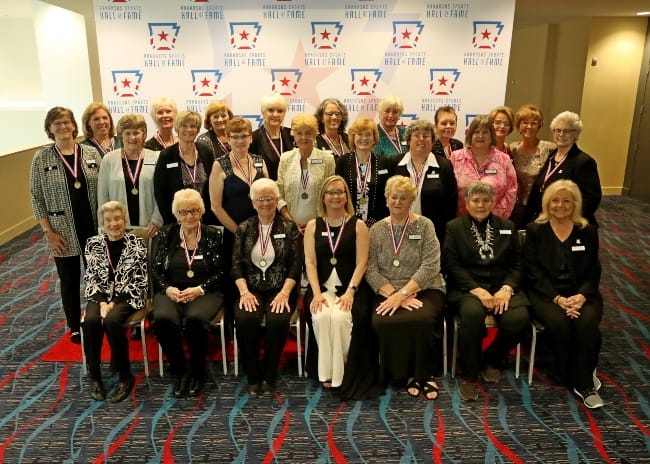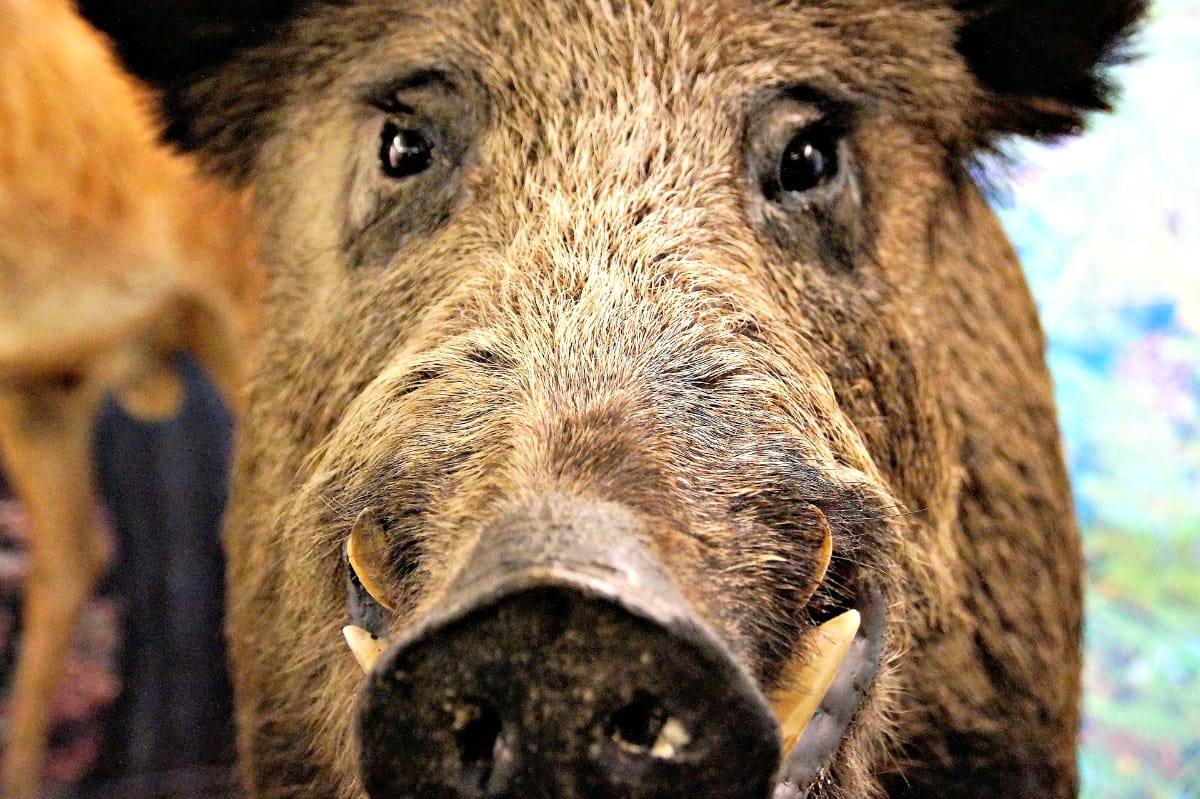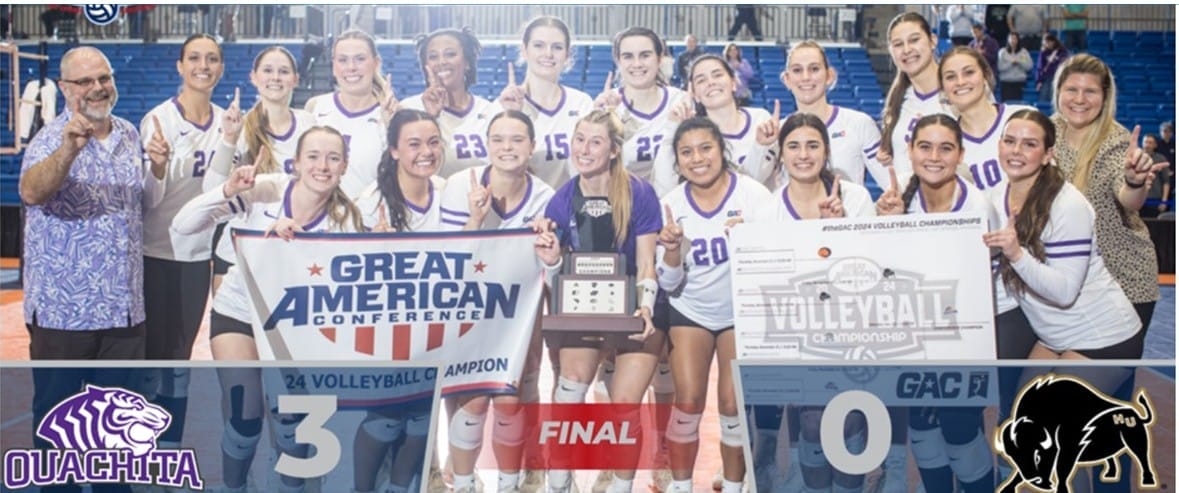

Uh oh...
It appears that you're using a severely outdated version of Safari on Windows. Many features won't work correctly, and functionality can't be guaranteed. Please try viewing this website in Edge, Mozilla, Chrome, or another modern browser. Sorry for any inconvenience this may have caused!
Read More about this safari issue.

In 1972, Congress passed Title IX of the Education Amendments, which prohibited discrimination against gender in educational programs and activities by organizations that received federal dollars. After its passage, participation in female sports skyrocketed. Prior to 1972, few opportunities existed for female athletes beyond high school or local sports leagues, if they existed at all. However, a women’s basketball barn-storming tradition emerged years before Title IX. The All American Red Heads Women’s Basketball Team, located in Caraway, Arkansas, was one of the first in the country to bring women’s professional basketball to small-town gyms nationwide.

Women have played basketball almost since the invention of the game in 1891. The first women’s game took place in 1892, and though the sport was modified several times, it took off as a sport for women, growing into a game enjoyed at the high school and college levels. Still, it faced backlash as unladylike and even dangerous for the health of its participants. Despite opposition, the American Athletic Union (AAU) sponsored the first women’s basketball national championship in 1926, using men’s rules. Women continued to seek opportunities to play the game, whether for city leagues or factory teams. In 1936, a new tradition arose when Connie Mack Olson, the founder of several men’s barnstorming teams, formed the All American Red Heads.

The team originated in Cassville, Missouri and the women all dyed their hair red (unless they were natural redheads) as a nod to Olsen’s Beauty Parlors, owned by Mack’s wife. The gimmick helped the women stand out as a team. Stand out they did. The team played men’s teams only and by men’s rules. They wore satiny red, white and blue uniforms and packed out local gyms for their shows. The Red Heads had to be outstanding basketball players. Not only did they take on men’s clubs, but their games included basketball tricks, including behind the back passing, fancy dribbling and impressive shooting. They weren’t just great players, though. The team made them great entertainers. The women learned how to cajole their male opponents to delight the crowd, sometimes embarrassing the men with their teasing or aggressive style of play.

In their first year, the Red Heads played 133 games across almost 30 states. Local attendees paid a quarter to see the game, and the women earned a portion of the profits, in essence becoming some of the first women’s professional athletes in the country. Olson had no problem booking the team after its successful first year and the Red Heads continued to barnstorm the country each year from October to April or May, often playing every day, and sometimes twice a day, before cramming into a station wagon and driving to the next small town.
In 1948, Olson hired Orwell Moore, from Caraway, Arkansas to coach the Red Heads. Moore had coached the girl’s basketball team at Central High School in Caraway. His wife, Lorene Moore, was a former star for Central and joined the Red Heads. Lorene Moore became one of the Red Heads’ most prolific players, playing in over 2,000 games in her career and scoring 35,426 points against the all-male competition. By this time, the Red Heads had increased their season to seven months and 220 games a year. In 1955, Moore bought the team and relocated them to Arkansas. He continued the tradition of success and mimicked Olson’s strict enforcement of off the court behavior. The women had to dress well and behave well to stay with the Red Heads. They weren’t allowed to smoke or drink and with a tight schedule, they had little time to socialize. They kept up their “All American” image.

It wasn’t until 1970 that the five-player full-court game was adopted into the women’s basketball game, but the All American Red Heads had been playing this style since the team’s formation. Women’s basketball struggled for legitimacy for decades as they faced opposition from the Amateur Athletic Union and the Olympic Committee, among others. Women’s basketball was finally allowed as an exhibition in the Olympics in 1976.
Meanwhile, Moore scouted the region and the country for the best women’s players and added them to the Red Heads. In the early 1970s, players earned $150 a month and the team expanded into three different teams to allow for even more games. Players traveled to Canada, Mexico, Alaska and even the Philippines. Along the way, they earned TV appearances on the “Ed Sullivan Show” and others, as well as being featured in numerous newspapers and magazines, including “Life”.

When Title IX passed in 1972, it helped revolutionize opportunities for female athletes. High school conferences and states began to hold championships for women’s sports. Colleges added women’s teams and began to actively recruit female athletes. In 1978, the Women’s Professional Basketball League formed. Of course, these were huge advances for women in sports, but it began to spell the end for barnstorming teams like the Red Heads. In 1986, 50 years after their first game, the Red Heads played their last. Two years earlier, the U.S. women’s basketball team won its first of many Olympic gold medals.
The All American Red Heads were pioneers of women’s basketball. From Caraway, Arkansas to the rest of the nation and the world, they brought great skills and laughs and demonstrated that women could play hard, play well and win, even against men. The team ended their 50-year run with a 70%-win average against their male opponents. In 2012, the All American Red Heads were inducted into the Naismith National Basketball Hall of Fame. In March of 2020, the Arkansas Sports Hall of Fame inducted the Red Heads into its hall of fame, recognizing the trail-blazing success the team from Arkansas played in the history of women’s basketball.

All photos courtesy of the Arkansas Sports Hall of Fame and used with permission.
Join the Conversation
Leave a Comment
3 responses to “All American Red Heads Women’s Basketball Team”
 Leave a Reply
Leave a Reply
We do the work.
You check your email.
Sign up for our weekly e-news.
Get stories sent straight to your inbox!












 Leave a Reply
Leave a Reply
I loved this story! I can’t get enough of the colorful history of Arkansas and the traveling women’s basketball teams was certainly an interesting part of our culture. You did a wonderful job.
J
[…] women athletes like Delores Brumfield, All-American Redheads, Kayle Browning, Julia Gaffney, Anna Hopkins, Lexi Weeks and Kennedy […]
[…] most professional basketball players consider retirement, Hazel made a new start. She joined the All-American Red Heads, coached by Orwell Moore of Caraway, Arkansas. While the Red Heads were a popular attraction […]